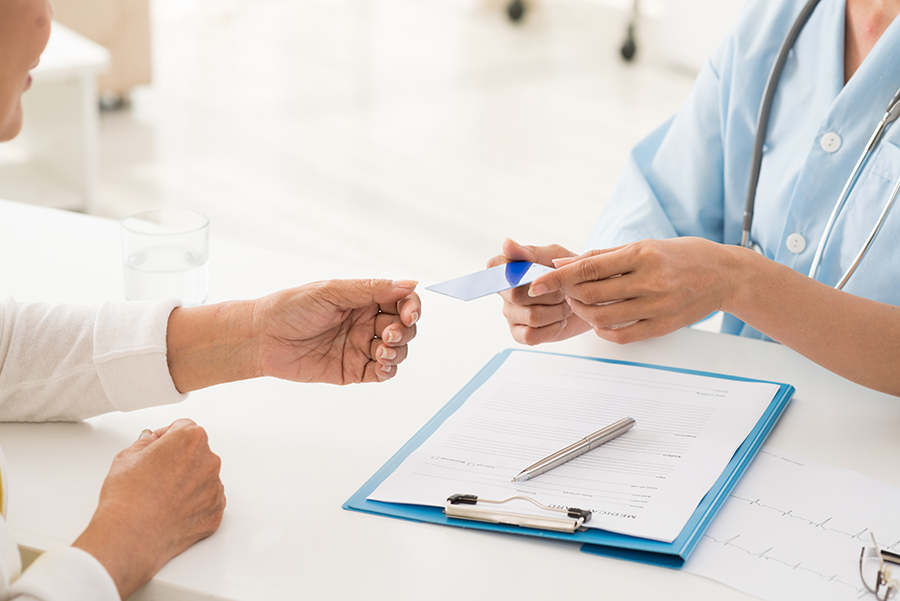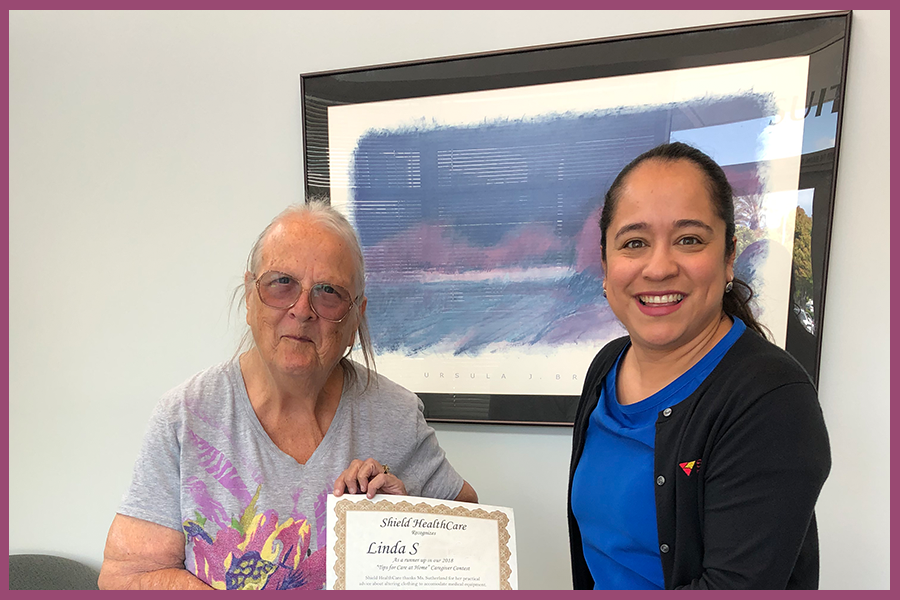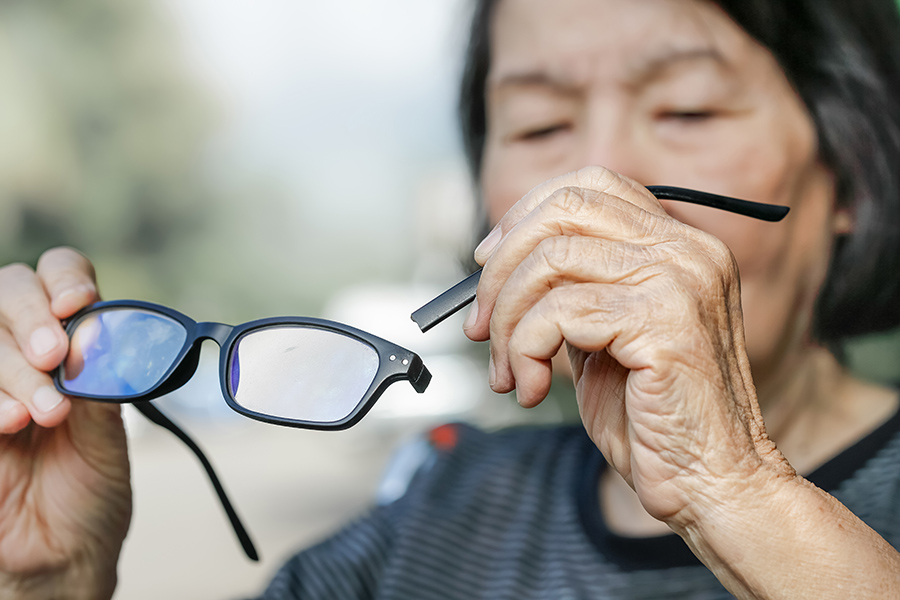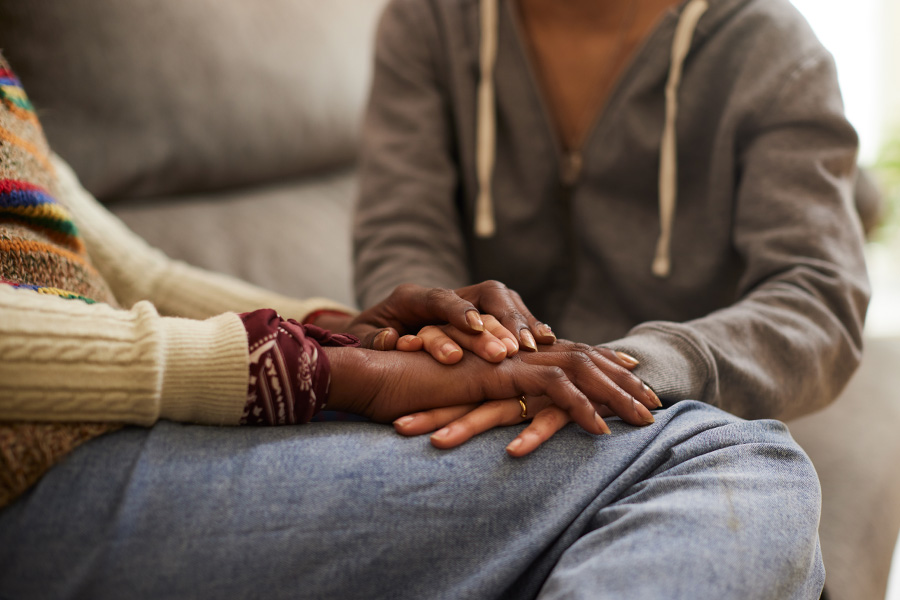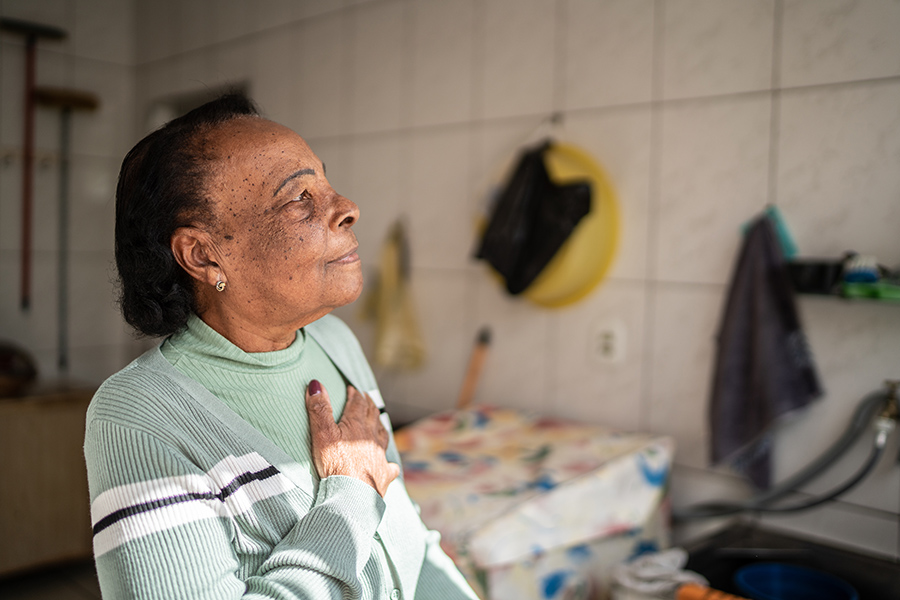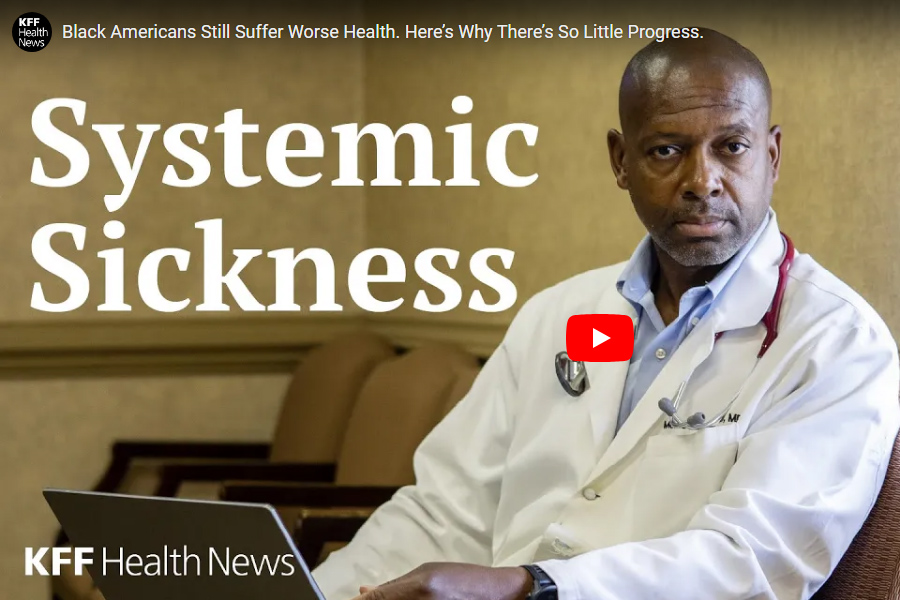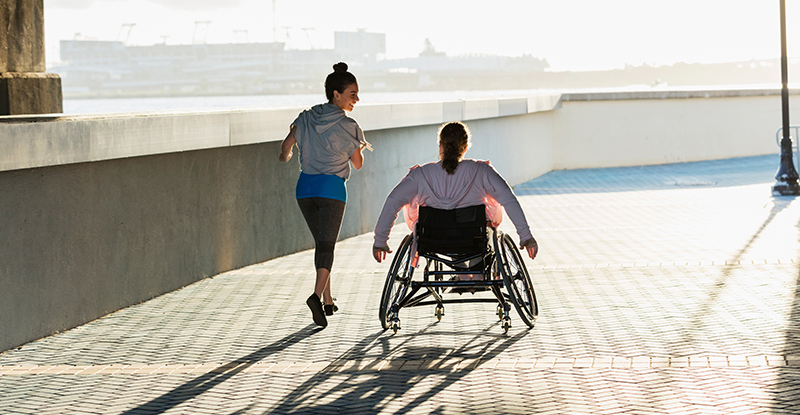Every 40 seconds, someone in the United States has a stroke.
A stroke – sometimes called a “brain attack” – occurs when vessels that lead to the brain rupture or become blocked by a clot. The blood supply to the brain is interrupted or reduced, preventing your brain cells from getting the oxygen and nutrients they need. Without adequate oxygen and nutrients, brain cells begin to die within minutes, causing damage that can be irreversible.
There are two kinds of strokes: ischemic strokes and hemorrhagic strokes.
Ischemic Strokes
Ischemic strokes occur when a blood vessel becomes blocked, usually by a blood clot. Ischemic strokes are the most common type of stroke, representing nearly 9 out of 10 strokes. In one second, 32,000 brain cells die. Within a minute, an ischemic stroke will have killed 1.9 million brain cells.
One type of ischemic stroke is a Transient Ischemic Attack, or TIA. Often referred to as a “mini-stroke,” TIAs present with typical signs and symptoms of a stroke but resolve quickly and do not cause permanent damage. A TIA can serve as a warning sign of future strokes and should be taken seriously and treated immediately. If you are diagnosed with a TIA, it is important to follow your doctor’s recommendations and make necessary lifestyle changes to reduce your chances of future strokes.
Hemhorragic Strokes
Hemorrhagic strokes occur when there is a hemorrhage (blood loss from a damaged blood vessel) on the brain. Brain hemorrhage can have a wide variety causes, including high blood pressure that bursts an artery. However, the majority of hemorrhagic strokes (85%) are caused by a ruptured aneurysm in the brain.
Hemorrhagic strokes flood the surrounding brain tissue with blood. Along with the loss of oxygen and nutrients for brain cells, extra blood in the brain can increase the pressure within the skull (intracranial pressure) to a point that further damages the brain. The fatality rate is higher and prognosis poorer for those who experience hemorrhagic strokes.
What are the signs of a stroke?
Signs of a stroke may include:
- Sudden numbness or weakness of the face, arm, leg (especially on one side of the body)
- Sudden confusion, trouble speaking, or understanding speech
- Sudden trouble seeing in one or both eyes
- Sudden difficulty walking, dizziness, loss of balance or coordination
- Sudden severe headache with no known cause
If you or someone you know is experiencing any of these symptoms call 911 immediately. The sooner a stroke is treated, the better your chances of recovery. At the first sign of stroke, remember to act FAST:
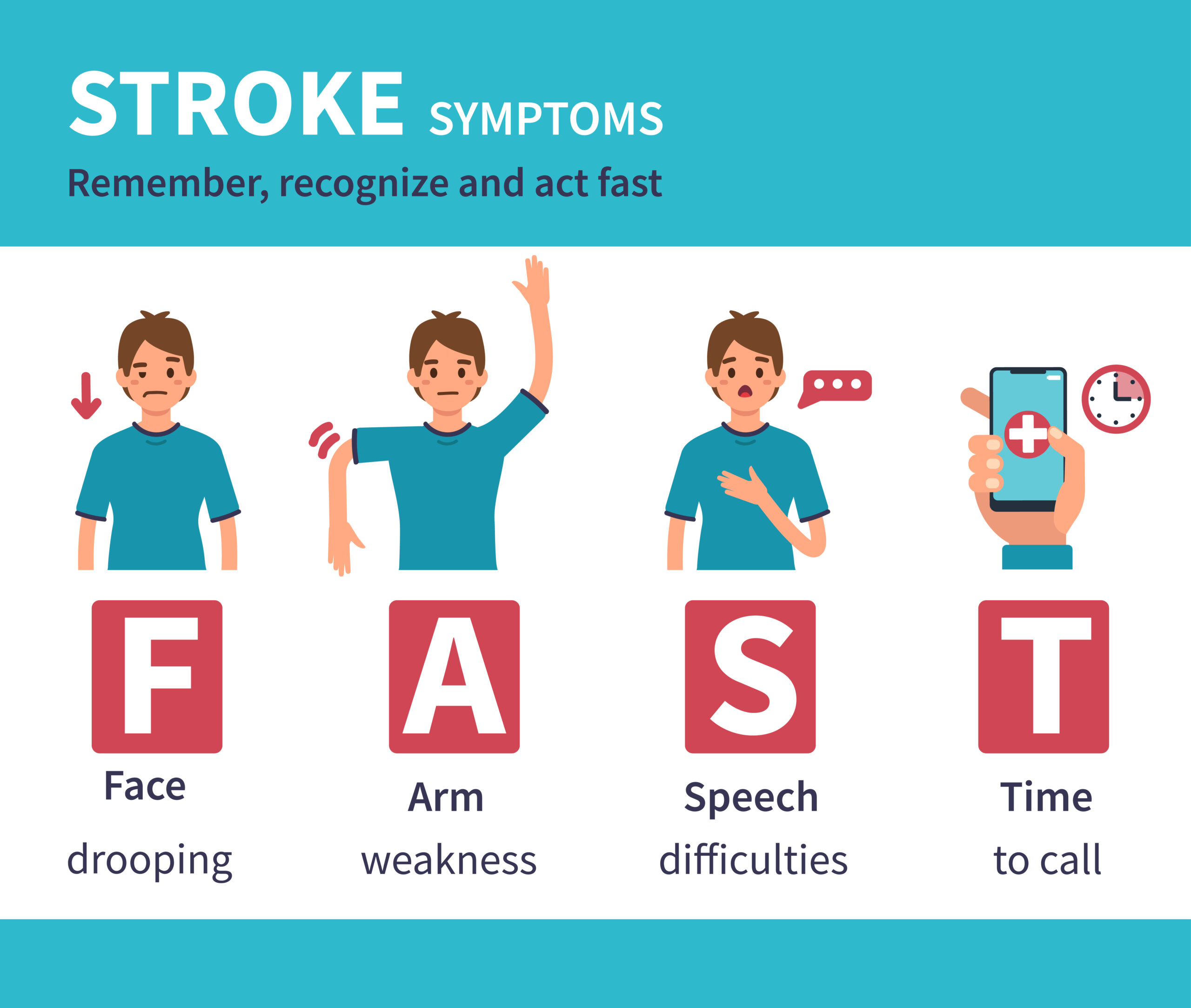
Stroke treatment options
Treatments for stroke include medicines, surgery, and rehabilitation. Which treatments are most effective depends on the type of stroke and the stage of treatment. The different stages are:
- Acute treatment: at this stage, healthcare professionals will try to stop a stroke while it is happening.
- Post-stroke rehabilitation: at this stage, your treatment goals will be to overcome the disabilities caused by the stroke.
- Prevention: at this stage, your goal is to prevent a first stroke or, if you have already had one, prevent another stroke.
Acute treatments for ischemic stroke are usually medicines, such as tPA (tissue plasminogen activator) – a medicine to dissolve the blood clot. This medicine is only an option within 4 hours of the onset of symptoms. The sooner tPA is received, the better chance of recovery. Other medicinal options include medicine that prevents platelets from clotting, or a blood thinner to keep existing clots from getting bigger.
Acute treatments for hemorrhagic stroke focus on stopping the bleeding. The first step is to find the cause of bleeding in the brain. Causes may include high blood pressure, aneurysm, or arteriovenous malformation (AVM). Treatment will depend on the cause of the bleeding, and medicines, surgery, or radiation may be recommended.
Post-stroke rehabilitation can help teach skills lost as a result of brain damage. The treatment goal is to help the impacted individual become as independent as possible and to have the best possible quality of life.
Prevention of another stroke is critical, since having a stroke increases the risk of getting another one. Approximately 75% of strokes are first-time strokes. Around 25% of stroke survivors will have another stroke within five years. Heart-healthy lifestyle changes and medicines can reduce risk of a subsequent stroke.
How to reduce stroke risk
To reduce risk of having a stroke or additional strokes:
- Manage stress — Stress directly impacts blood pressure, and high blood pressure is a primary stroke risk factor.
- Understand how family history, age, race and ethnicity affect your risk — Even though these risk factors are out of our control, it is important to understand them and lead a preventative lifestyle.
- Quit smoking — Smoking causes damage to blood vessels and raises blood pressure. Quit smoking to reduce your risk of stroke.
- Lower blood pressure — High blood pressure is a main risk factor of stroke. Work with your medical team to keep your blood pressure within safe limits. Learn more about blood pressure by reading our article, Heart Health: Blood Pressure.
- Keep cholesterol within safe limits — High cholesterol can also increase your risk of stroke. Work with your medical team to keep your cholesterol within safe limits. Read our article, Heart Health: Managing Your Cholesterol to learn more.
- Manage Diabetes — With this condition it can be hard to keep blood sugars within normal range. In diabetes when the body is not making enough insulin, sugars can build in the blood. This damages arteries and increases blood pressure. Follow your Doctor’s orders for managing diabetes to keep blood sugars in the safe range.
- Aim for a healthy body weight — Keep a healthy body weight by staying physically active and eating healthy and balanced meals whenever possible. The American Heart Association recommends 30 minutes of physical activity five days a week. This will help you maintain a healthy weight and reduce stress. In addition to healthy movement, eat for heart health by incorporating aspects of the DASH diet into your meal plans. Read our article, The DASH Diet for Heart Health to learn more.
- Lower your risk of heart disease — Damaged or blocked blood vessels can increase your risk of stroke. To mitigate your chance of developing heart disease keep physically active, eat healthy, manage your blood sugar, blood pressure and cholesterol.
Speak with your physician before making changes to your diet and physical activity. If you are prescribed medication for any of the risk factors above, follow your physician’s orders and notify them of any lifestyle changes.
Sources include:












